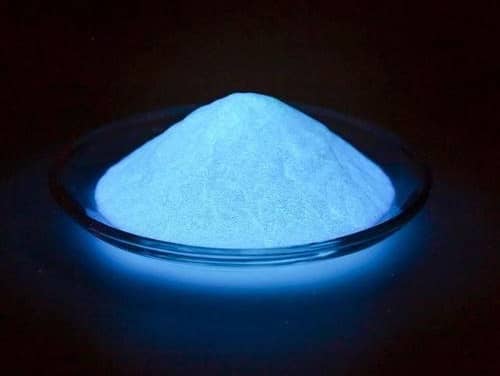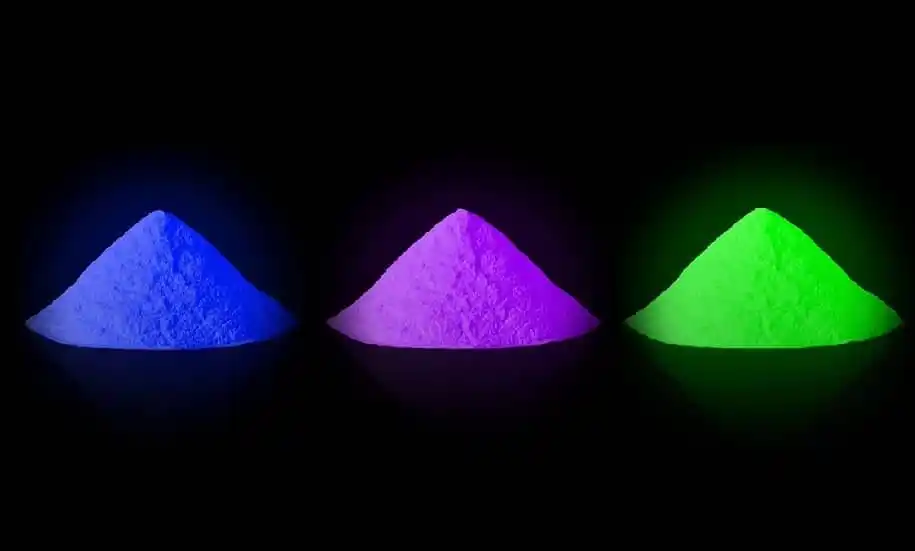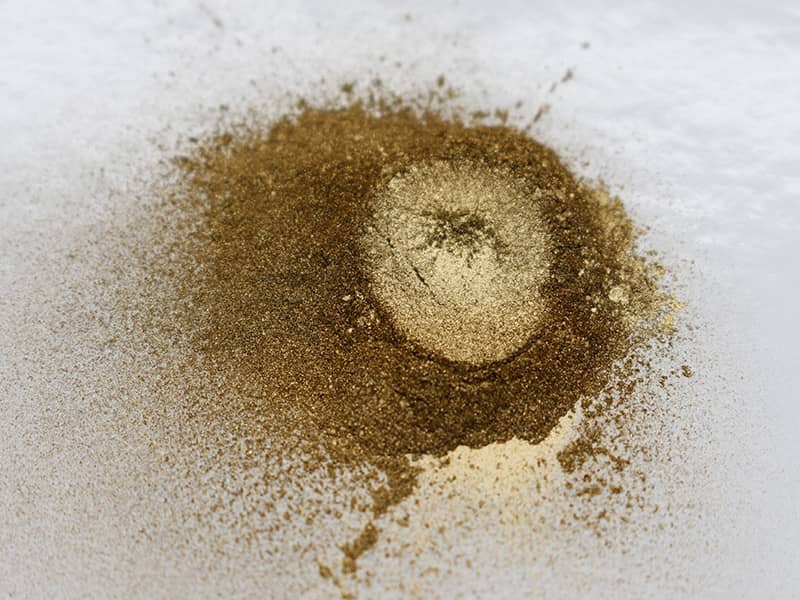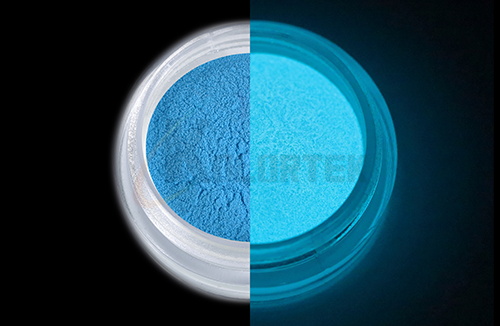
The Basic Principles and FAQs of Glow-in-the-Dark Powders
October 11th, 2024Glow-in-the-dark powder is a material that emits light in the dark and is typically divided into long-lived and short-lived varieties, emitting energy by absorbing energy from natural or artificial light..
Read more >>



